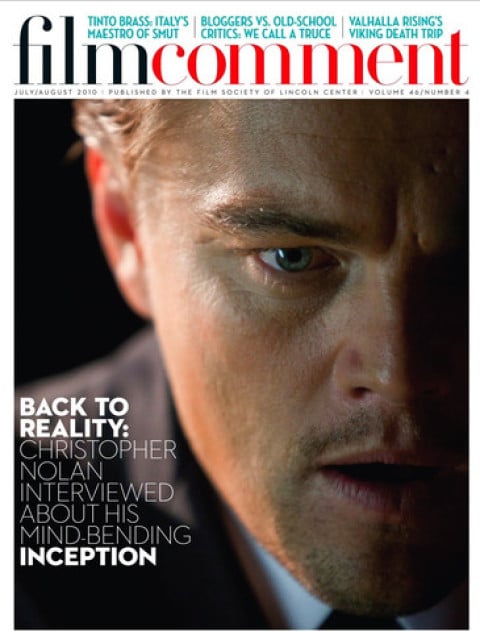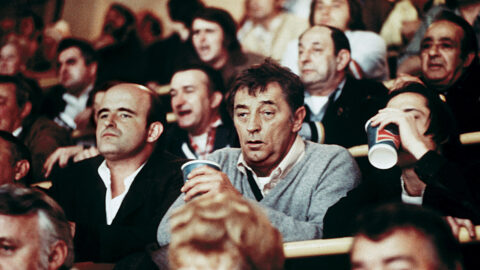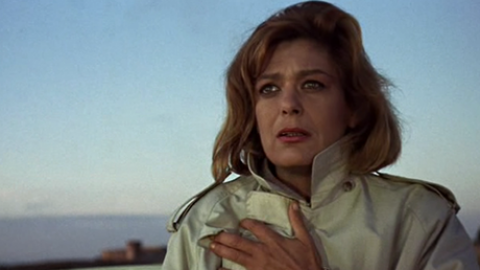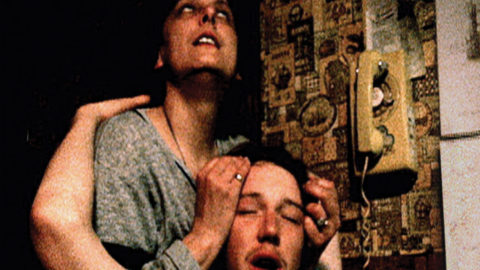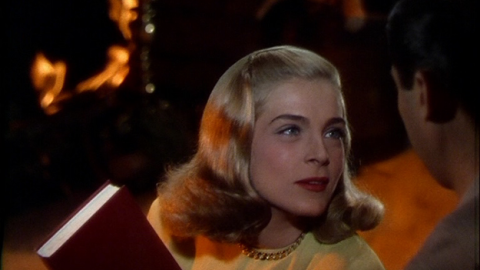
Anyone who went to the movies in America during the Seventies will remember nostalgia as a key component of the era. The first half of the 20th century in particular was continuously raided by moviemakers great, good, and indifferent, mined for its coziness and shopworn splendor in stretches of pure scenic expanse. An army of excited cinematographers, production designers, researchers, and, yes, directors was ready, willing, and able to craft luxurious beds of pastness at the drop of a snap-brim hat, drawing from a store of collective expertise to realize extended glimpses of the Dust Bowl, Delancey Street in its heyday, or migrant farm workers on the prairie. In retrospect, such extreme cases as The Day of the Locust or The Great Gatsby seem like exquisitely appointed spaces that just happened to contain actors. Days of Heaven is, of course, exactly that, and Malick’s film now seems like a peak moment in a tendency that began with Coppola’s Godfather films and Chinatown and saw its final flowering with Ragtime, True Confessions, and Leone’s Once Upon a Time in America, where nostalgia reaches a frozen end point.
In The Evil Demon of Images, the joyless Jean Baudrillard railed against this strain in moviemaking: “We are entering an era of films that in themselves no longer have meaning strictly speaking, an era of great synthesizing machines of varying geometry.” Why? The predilection to stop the action and convert the frame into a window on a beckoning past had always been present in cinema. In the Seventies, aesthetic preference, technological innovation, and cultural longing converged, and we were delivered into a grand nostalgic interval in American moviemaking. Within a few years, it was all gone. Beautiful dreams of surrender were suddenly displaced by aggressive fantasies of control.
In this 1975 adaptation of Chandler’s second novel, there is something unhealthy lurking just beyond cinematographer John A. Alonzo’s neon-soaked shadows (a far cry from his exquisite Chinatown imagery) and production designer Dean Tavoularis’s extravagantly shabby hotel rooms, whorehouses, dance halls, and offices. The screenwriter David Zelag Goodman pushes Chandler’s action ahead two years in order to use Joe DiMaggio’s 56-game hitting streak as a (questionable) structuring device. When the streak finally comes to an end in July, Robert Mitchum’s Philip Marlowe has witnessed multiple homicides, been beaten, drugged and kidnapped, and, as always, played as a patsy. “Nothing lasts forever” cries the script, a truth that both Mitchum and Marlowe seem to have figured out long before the opening shot. There are one too many layers of generic fatalism decorating the action of Farewell, My Lovely, but they do lend the film a certain sepulchral grandeur.

Mitchum was on a streak of his own in the mid-Seventies. Farewell, My Lovely came right on top of The Friends of Eddie Coyle and The Yakuza, three great performances that turned out to be career-cappers 20 years before the end. Strictly speaking, Mitchum is miscast. He is too old, his body and voice are wrong, and his perspective is misaligned: as a human being, he has already found what his character is pondering.
At 56, Mitchum may have been wrong for Marlowe, but he was right for something else. Despite the fact that Goodman’s adaptation is tarted up with fragrantly kinky inventions of the sort that graced his scripts for Man on a Swing and Eyes of Laura Mars, the film plays out as the final, dying afterimage of a vanished era. Both here and in his Foreign Legion epic March or Die (77), director Dick Richards managed to perfect a narcotized “Old Hollywood” syntax, where everything is slowed down, emptied out, silenced. This is a film of rooms, street corners, and swaths of shadow through which actors move, of room tones in which voices appear and die away. An assembly of vivid supporting actors—Jack O’Halloran in the old Mike Mazurki role, a less-reptilian-than-usual Anthony Zerbe doing a Zachary Scott number, Sylvia Miles in the Claire Trevor/Gladys George slot, a depleted John Ireland in Ward Bond mode—go through their antiquated moves slowly, painstakingly, one step at a time, remembering a soon-to-be-forgotten physical and aural language. Strangest of all is the coupling of a vampiric Charlotte Rampling with a murmuring Jim Thompson of all people, two phantoms drifting decorously through the perfumed air.
Mitchum is the one who holds it all together. He gives the film a secret force, balanced between resignation and an inner need to keep the light from dying, inevitability aside. In fact, we are not watching Philip Marlowe but Robert Mitchum, confronting the end of both his identity as a leading man and the world that formed him as a star, with bravery and grace. Within this setting of lovingly crafted but excessively self-pitying nostalgia, Mitchum composed a poetic wonder. In an industry long addicted to phony valedictories, this genuinely great artist gave himself the real thing… on the sly.



